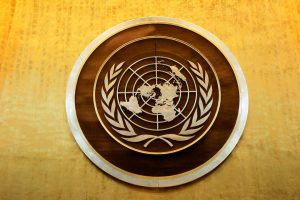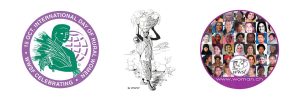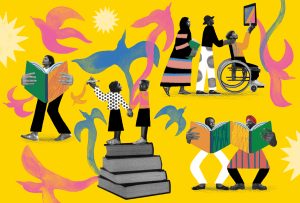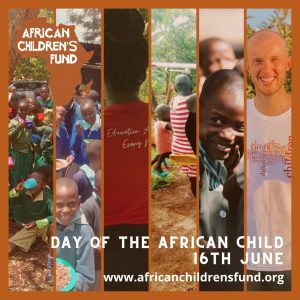 Un symbole d’espoir pour l’unité mondiale
Un symbole d’espoir pour l’unité mondiale
La Journée des Nations Unies est célébrée chaque année à la date du 24 octobre, jour anniversaire de l’entrée en vigueur de la Charte des Nations Unies en 1945. Avec la ratification de ce document fondateur par la majorité de ses signataires, dont les cinq membres permanents du Conseil de sécurité, l’Organisation des Nations Unies était officiellement née.
Aucune autre organisation mondiale n’a la légitimité, le pouvoir de mobilisation et l’impact normatif de l’ONU. Aucune autre organisation mondiale ne donne l’espoir à autant de personnes et ne peut offrir l’avenir que nous souhaitons. Aujourd’hui, il est crucial et urgent pour tous les pays de se rassembler afin de tenir la promesse faite à la naissance des Nations Unies de faire de notre planète un monde meilleur.
La Journée des Nations Unies représente l’occasion d’amplifier « Notre programme commun » et de réaffirmer les buts et principes de la Charte des Nations Unies qui nous ont guidés au cours des 79 dernières années.
Des filles de Kuma Garadayat, au nord du Darfour, célèbrent l’inauguration de six projets de développement, connus sous le nom de « projets à impact rapide », mis en œuvre par l’Opération hybride Union africaine-Nations Unies au Darfour(MINUAD) en 2012. Ces projets se concentrent sur des domaines tels que l’éducation, l’assainissement et l’autonomisation des femmes, et comprennent une clinique, un centre pour femmes et plusieurs écoles. En savoir plus sur tous les événements marquants des Nations Unies, de 1941 à aujourd’hui!
Source: Texte: https://www.un.org/fr/observances/un-day Image: L’emblême des Nations Unies dans la salle de l’Assemblée générale Photo: ONU/Cia Pak

 L’ONU reconnaît officiellement le 11 octobre comme étant la journée internationale des filles.
L’ONU reconnaît officiellement le 11 octobre comme étant la journée internationale des filles. Thème 2024 : Promouvoir une culture de paix
Thème 2024 : Promouvoir une culture de paix
 Despite steady progress made across the world, literacy challenges persist with at least 763 million young people and adults lacking basic literacy skills in 2020. The recent COVID-19 crisis and other crisis, such as climate change and conflicts, have been exacerbating the challenges.
Despite steady progress made across the world, literacy challenges persist with at least 763 million young people and adults lacking basic literacy skills in 2020. The recent COVID-19 crisis and other crisis, such as climate change and conflicts, have been exacerbating the challenges.
 World Population Trends
World Population Trends
 The Logo of the European Thyroid Day – 25th May
The Logo of the European Thyroid Day – 25th May